Page 47 • (473 results in 0.077 seconds)
-
school because there was no need for her to attend anymore. It is not difficult to read about the challenges facing Indians today: a stagnant literacy rate, deficient infrastructure, environmental degradation, poor sanitation, malnourishment, repression of its women and a domineering caste system. It is a much more tangible reality when you are sitting and talking to one of the families where such challenges apply. I cannot fairly describe the humility I often felt talking with my neighbor’s daughter
-
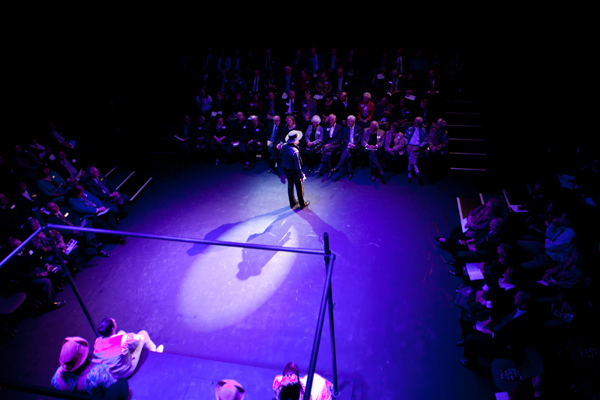
will continue as a university priority for the immediate future. The transformed center will provide 88,500 square feet of classroom and research space for biology, chemistry, computer science, geosciences, physics and environmental studies. Among the projects planned for Rieke that were completed during the campaign was the Louis and Lydia Sheffels Biology Laboratory. It was made possible by the support of Carol (Sheffels ’58) Quigg, Jerry Sheffels ’54 and the entire Sheffels family. Carol Quigg
-

also work in Spanish.”Call, an affiliated faculty member with the NAIS program and Environmental Studies, has published more than 70 poem translations in U.S. literary journals and has a full-length collection of poem translations forthcoming, from the work of Mexican-Zapotec poet Irma Pineda. Expanding to another Latin-American country was a natural progression for her. “Colombia is just coming out of a long civil war and so it’s really interested in having foreign scholars come to the country as
-
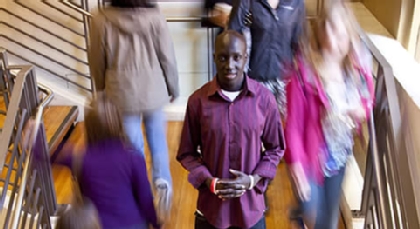
May 10, 2010 Lost Boy of Sudan By Chris Albert The table in David Akuien’s South Hall apartment is covered with textbooks and worksheets, filled with meticulous notes. He sits down at the table and spends hours studying – this day it’s for an environmental studies test. David Aukien doesn’t blame or lament on the hardships he’s experienced. “It’s the card I’ve been dealt and you just have to deal with the card you’ve been dealt.” (Photos by John Froschauer) The glow of a television is behind
-
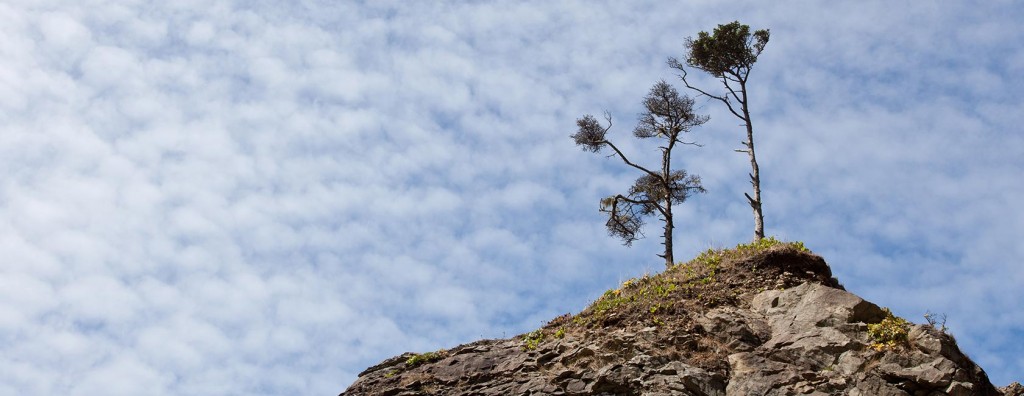
Aboriginal Education Research Centre at the University of Saskatchewan April 19 | 7:30 p.m. | Scandinavian Cultural Center | More Information Kevin O’Brien, Chair of Environmental Studies with PLU faculty Troy Storfjell and Jen Smith. Take Back The Night April 21 | 5:00 p.m. | Red Square | More Information The PLU Center for Gender Equity’s annual ‘Take Back the Night’ march and rally, part of an international campaign to raise awareness about sexual assault. TEDxTacoma: Healthy Future April 22 | 7:00
-

had arrived in the U.S.Upon returning home, Brizuela, who majored in music education at PLU, had two in-classroom days with his Clover Park School District students before classes were suspended. “It was a rapid-fire shut down of everything,” he remembers. Two states away, Sarah Lord ’00 was teaching high school biology and environmental science at Billings Senior High School in Billings, Montana. While inconvenienced by the immediate shutdown, she didn’t realize the scope until several weeks
-
people have migrated from China’s rural areas to the cities – the largest internal migration in history. China faces enormous long-term development challenges, including the need to invest more in public health, environmental protection, and education, as well as the need to secure adequate, reliable access to natural resources and energy. Much more than an economic powerhouse, it is also emerging as a political player with high potential to contribute to regional and global stability. The U.S. would
-
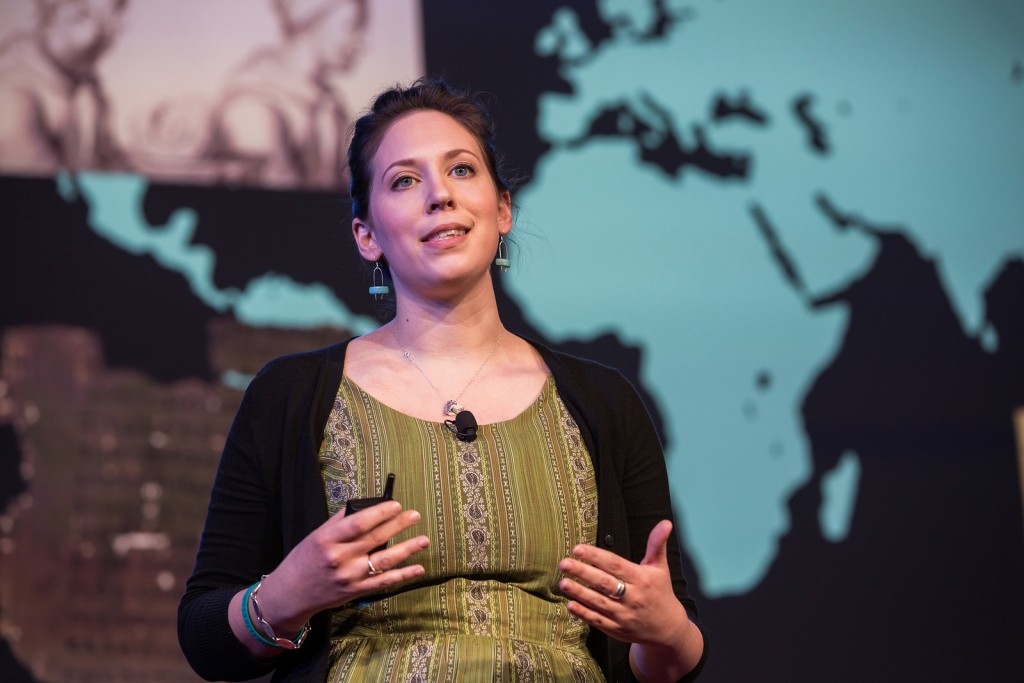
potentially huge impact. “She is on the ground floor of a relatively new field that has the possibility of making all kinds of great insights into cancer in the evolution of history,” Ryan said. As Hunt and other researchers unearth more and more ancient evidence—breast cancer in 3500 B.C. Egypt, osteo-sarcoma in a T. rex femur—Hunt has formed an intriguing theory: She believes cancer is inherent in human beings and is aggravated by—rather than caused by—environmental factors. Her goal now is to gather
-

conservancy-management partnership with an environmental nonprofit. A conservancy would also preserve naturally growing c’abid (camas) fields that are significant to PLU’s tribal neighbors. In recent years, PLU has been honored to host members of the Puyallup and Nisqually tribes on campus in the spring to harvest c’abid and educate students and faculty members on the plant’s cultural significance. Puyallup Tribe of Indians Cultural Director Angie Totus harvesting c’abid (camas) at PLU. Growing c’abid
-
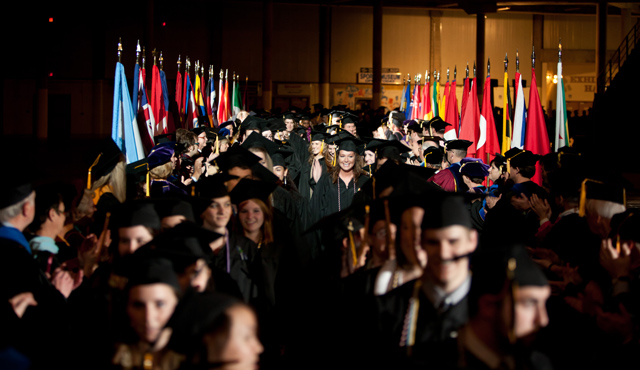
that made PLU stand out was the school’s Lutheran foundation, as well as global and environmental focus — all of which aligned with my own values. I’d heard wonderful things about PLU from a number of people back home, but stepping onto campus was what solidified my decision. The people here all seemed so happy! I loved the smiling faces and caring nature of everyone I interacted with. My PLU experience: While my academic and career goals haven’t really changed since coming to PLU, I have grown
Do you have any feedback for us? If so, feel free to use our Feedback Form.


